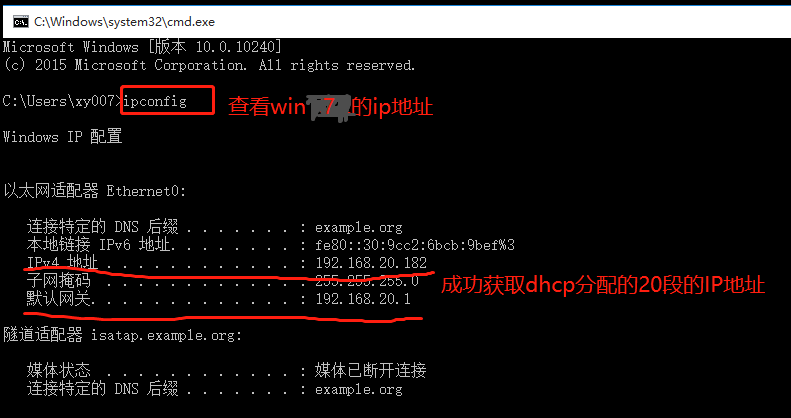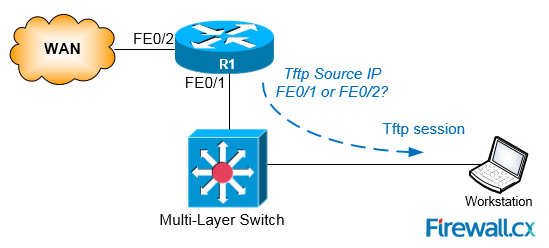
> mv vmlinuz-2.6.18-128.1.10.el5 kernel-slc5_32Ĭreate a NFS files system that will be exported to the client

elf file (required for machines that use etherboot (bootp)): > /mj_addon/bootserver/bwm/scripts/test_img.sh cleanĬonvert the image to an. > /mj_addon/bootserver/bwm/scripts/test_img.sh bwm-page1-slc5_32.img In case of problems have a look at the log file: less. This should result in the file: /mj_addon/bootserver/bwm/scripts/bwm-page1-slc5_32.img

# = PH/ESE > GENERIC RULE !!!!Įdit two lines to make them look ike this: Net::TFTP is a class implementing a simple Trivial File Transfer Protocol client in Perl as described in RFC1350. > nedit /mj_addon/bootserver/bwm/templates/slc5x_32/sbin.xml
#TFTP CLIENT RPM INSTALL#
We need to install the DHCP Package using YUM or RPM. pxelinux.0 (provided by the syslinux RPM) is present at the tftp servers root directory. In addition you can remove undesired services such as: Use a client from an allowed IP range to test: tftp my. tftp> get filename.bin. IPTABLESMODULESnfconntracktftp if the firewall is running. (this is the directory of the SLC5 base installation on the server.įiles of this installation will be copied into the file system for the diskless client) Open the file "tftp" and set disable to "no":Ĭonnect to the sysadmin CVS server and check out the sysadmin CVS package.
#TFTP CLIENT RPM DOWNLOAD#
Use the "links" utility (or something else) to download the "mknbi" RPM from (e.g.): Install additional packages (in case they are missing) Therefore IP addresses have to be used instead of IP names in many places. The page1 server is a bit special because the SBC is on a private network and the server does not offer a DNS service. However enough features have been retained such that this recipe can also be used for the installation of slightly more complex servers. The installation procedure has been simplified accordingly. Therefore the sysadmins can be asked for help in case of problems with the server when the PH/ESE expert is not available.įor the simple task of booting one VP110 much of the complexity of an ATLAS server is not required.

The general idea is to install the server following the conventions of the ATLAS sysadmins. This HowTo was written to document the boot-server installation for the VP110 in the TTC page1 system. Create a NFS files system that will be exported to the client.Install additional packages (in case they are missing).


 0 kommentar(er)
0 kommentar(er)
